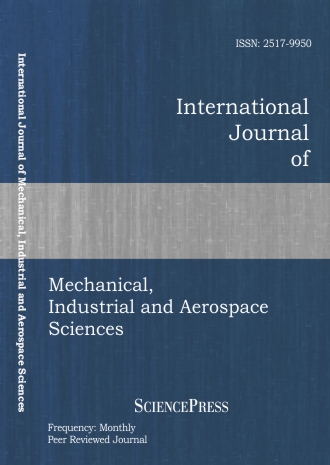
Scholarly
Volume:6, Issue: 5, 2012 Page No: 1040 - 1047
International Journal of Mechanical, Industrial and Aerospace Sciences
ISSN: 2517-9950
2192 Downloads
A New Proportional - Pursuit Coupled Guidance Law with Actuator Delay Compensation
The aim of this paper is to present a new three-dimensional proportional-pursuit coupled (PP) guidance law to track highly maneuverable aircraft. Utilizing a 3-D polar coordinate frame, the PP guidance law is formed by collecting proportional navigation guidance in Z-R plane and pursuit guidance in X-Y plane. Feedback linearization control method to solve the guidance accelerations is used to implement PP guidance. In order to compensate the actuator time delay, the time delay compensated version of PP guidance law (CPP) was derived and proved the effectiveness of modifying the problem of high acceleration in the final phase of pursuit guidance and improving the weak robustness of proportional navigation. The simulation results for intercepting Max G turn situation show that the proposed proportional-pursuit coupled guidance law guidance law with actuator delay compensation (CPP) possesses satisfactory robustness and performance.
References:
[1] Richard DeMeis, Fire-and-Forget Tactical Missiles, Aerospace America,